Zip lines, at their core, are simple: a cable, a harness, and gravity. But that simplicity hides a deep and wide history—stretching back to 18th-century China and Nepal, where rudimentary zip lines were used to ferry goods and people across dangerous terrain and swollen rivers. In the Italian Alps, monks once built early versions to move supplies between isolated monasteries.
The transformation into the thrill-seeking experiences we know today began in the 1970s and ‘80s, with the rise of canopy tours in Costa Rica’s cloud forests. Environmentalists and biologists realized zip lines could be a low-impact way to access treetops—and soon after, tourists wanted in on the ride. Europe joined the trend in the 2000s, but with a twist: using its dramatic alpine peaks, gorges, castles, and coastlines to create rides you simply can’t find anywhere else.
Here are the 7 most exhilarating zip lines in Europe—and how to make the most of your trip, from the region’s hidden histories to what to eat afterward.
More adventure? Cerca has thrills of all kinds – from fancy food to haunted hotels.
1. Limite Zero – Spain to Portugal Zip Line
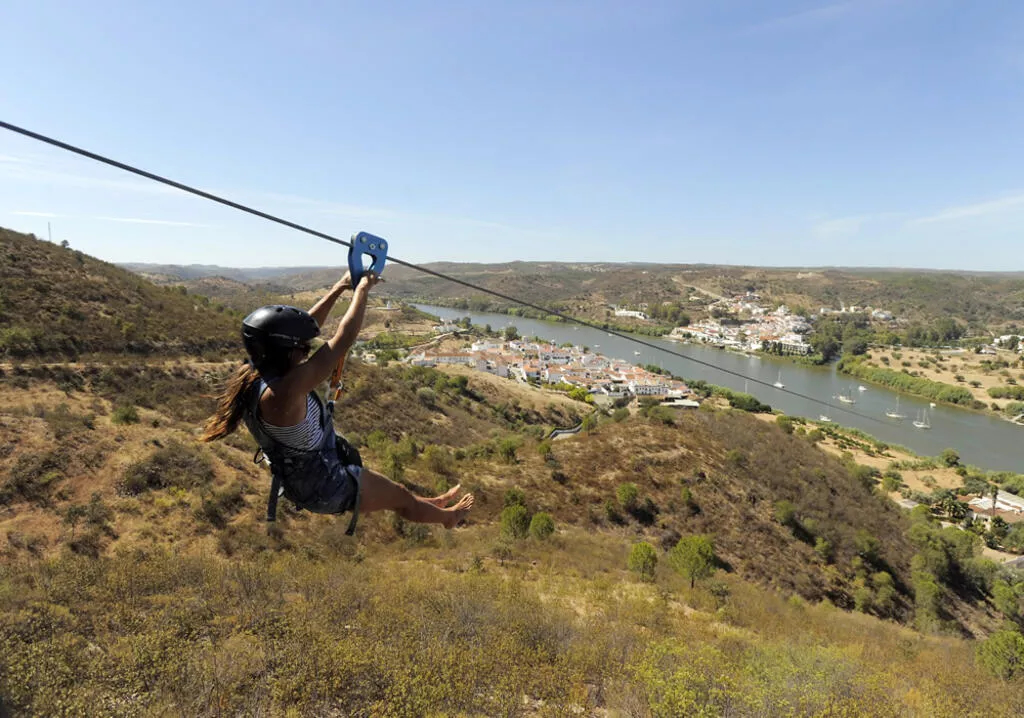
Sanlúcar de Guadiana, Spain ↠ Alcoutim, Portugal
Why it’s unique:
It’s the only cross-border zip line in the world. You literally fly from Spain to Portugal over the Guadiana River—and gain an hour thanks to the time zone change.
The Zip Line:
You’ll launch from Sanlúcar de Guadiana in Andalusia and glide 720 meters across the river into Portugal, landing just above the village of Alcoutim. Speeds reach up to 80 km/h.
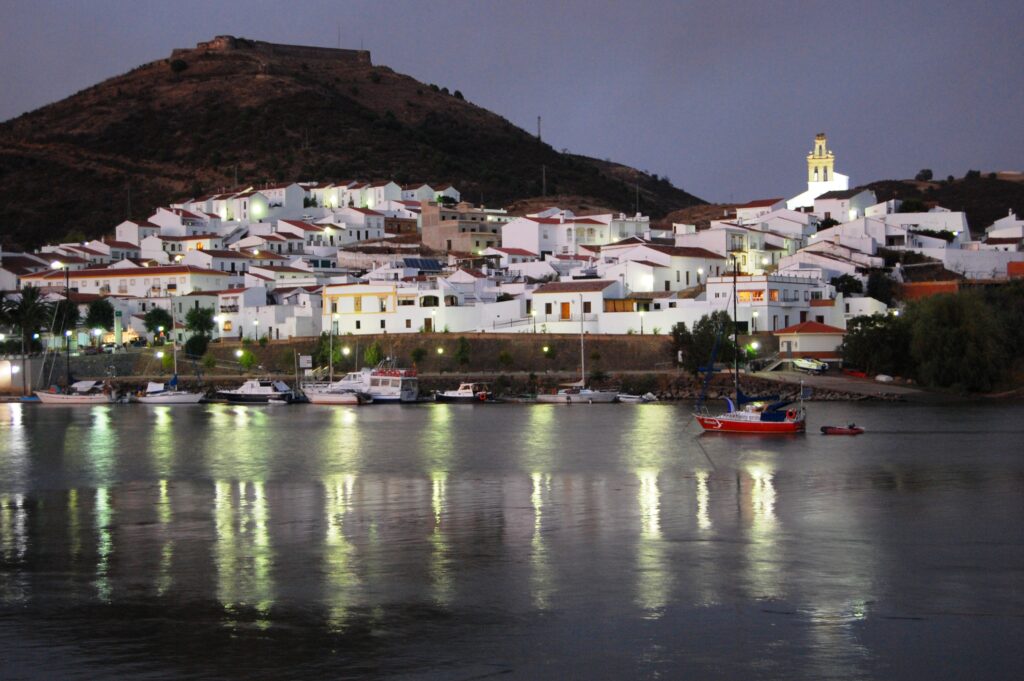
The Town:
Sanlúcar de Guadiana is a sleepy whitewashed town with Moorish roots and a crumbling 17th-century castle (Castillo de San Marcos). Alcoutim, once a smugglers’ haven, is home to Roman and medieval remnants. This borderland has a long history of tension, trade, and quiet rebellion.
What else to do:
After the zip, rent a kayak and paddle the Guadiana, or hike the cross-border trail that winds through olive groves and cork oaks. You can also take the small ferry back to Spain.
Tickets:
€25 per person. Book ahead via Limite Zero’s official site. Open year-round, but best from April to October.
Where to eat:
In Alcoutim, grab a table at Restaurante O Soeiro for grilled octopus, local lamb stew, and riverside views. Rustic and family-run.
2. The Wire – Zip World Velocity 2
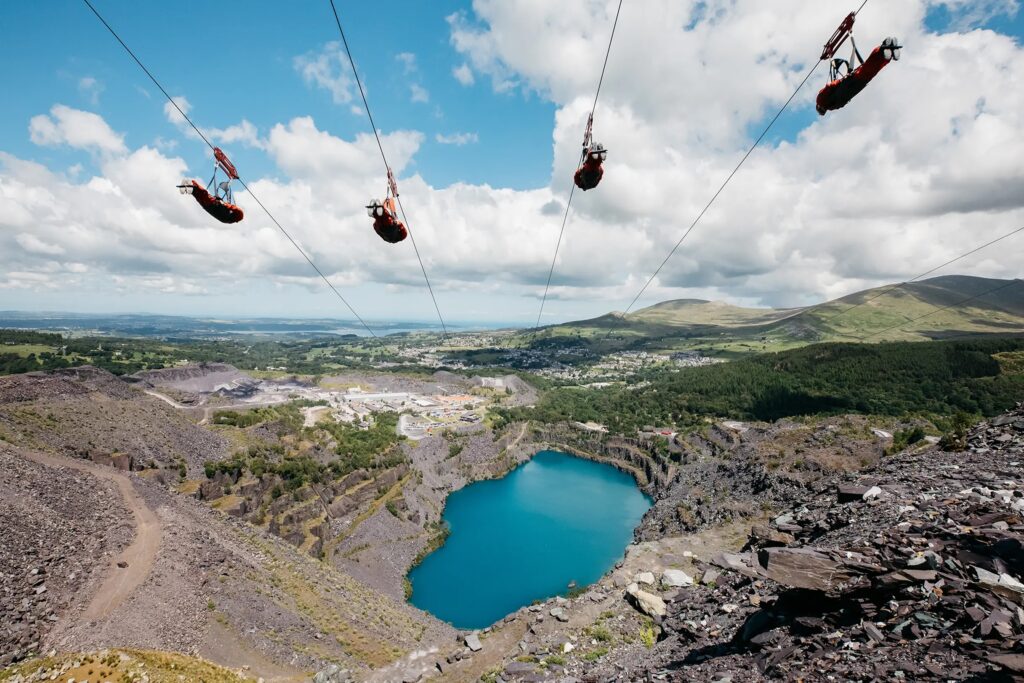
Penrhyn Quarry, Bethesda, Wales, UK
Why it’s unique:
Velocity is the fastest zip line in the world—speeds reach over 160 km/h (100 mph)—and one of the longest in Europe at 1.5 km.
The Zip Line:
Strapped belly-down in a wingsuit harness, you fly over a flooded slate quarry turned neon-blue lake in the rugged Welsh countryside.
The Town:
Penrhyn Quarry was once the largest slate quarry on Earth. Bethesda itself was a center of 19th-century labor uprisings, including the historic Great Strike of Penrhyn (1900–1903), one of Britain’s longest industrial actions.
What else to do:
Check out the National Slate Museum, hike in Snowdonia National Park, or visit nearby Caernarfon Castle. For a gentler thrill, try Zip World’s underground trampoline caves.
Tickets:
From £92 per person. Book via Zip World. Ages 10+.
Where to eat:
Try Caffi Coed Y Brenin on the high street in Bethesda—a cafe across the street from the Zip World. Get the Welsh lamb burger.
3. Megazip – Flying Fox through the Julian Alps
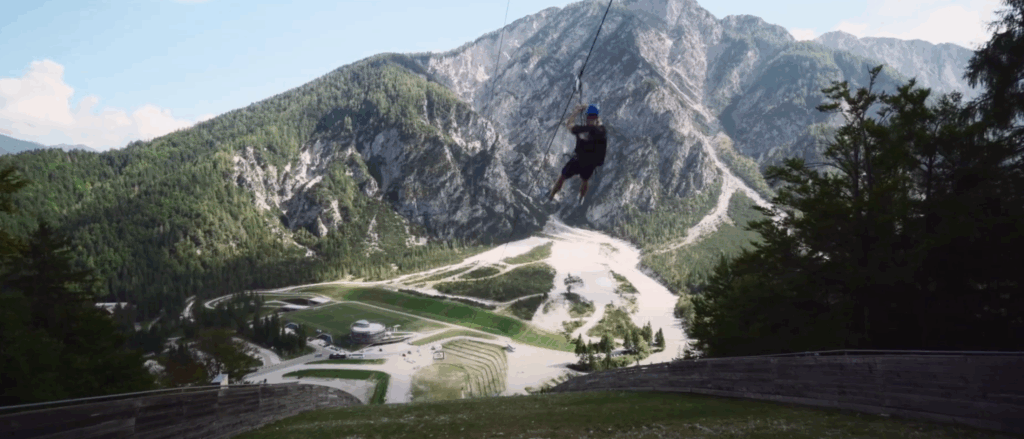
Planica, Slovenia
Why it’s unique:
You launch from one of the largest ski jumping hills in the world, flying 566 meters down at a 38° angle with jaw-dropping views of the Triglav National Park.
The Zip Line:
It mimics the path of a ski jumper and is designed to give the feeling of Olympic flight—without the training.
The Town:
Planica is sacred ground in ski jumping. Since the 1930s, it’s been breaking world records. Kranjska Gora, the nearest town, has a long Alpine tradition and was once part of the Habsburg Empire.
What else to do:
Go hiking to the Tamar Valley, visit Lake Jasna for a refreshing dip, or explore WWI bunkers nearby. Triglav National Park is right next door for more serious alpine trekking.
Tickets:
€25 per person, open year-round (weather permitting). Info via Planica Nordic Center.
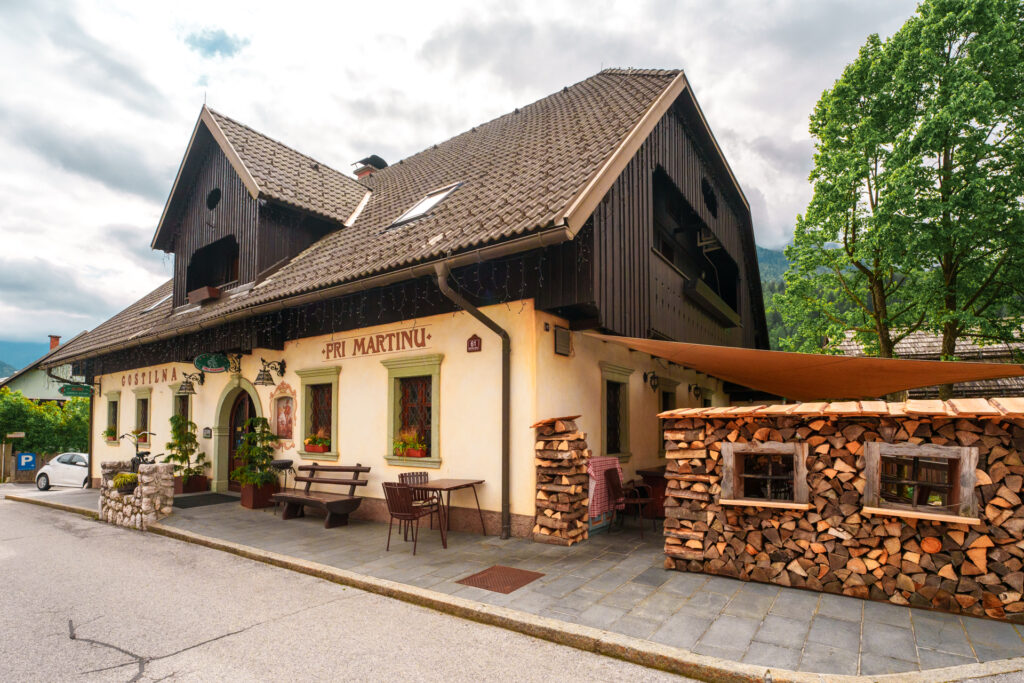
Where to eat:
Dine at Gostilna Pri Martinu (Martin’s Inn) in Kranjska Gora. Authentic Slovenian Inn and restaurant, try the žganci (buckwheat porridge), sausages, goulash, and pan fried dumplings.
4. Dragon’s Flight – Tirol, Austria
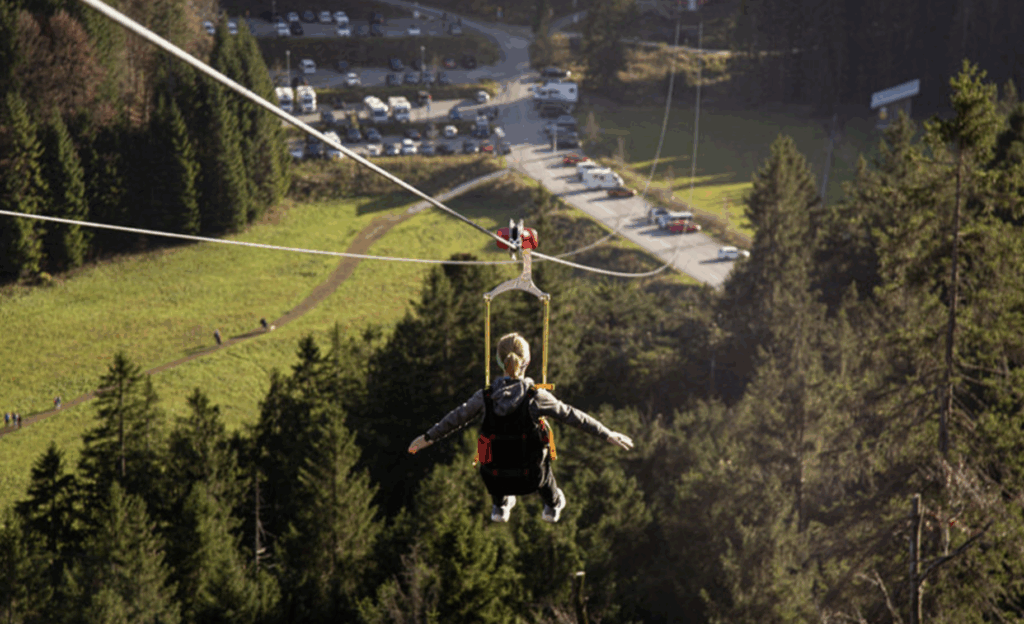
Schwaz, Tyrol, Austria
Why it’s unique:
Set in the Karwendel Alps, this 600-meter zip line lets you soar from a medieval castle ridge down toward the Inn Valley.
The Zip Line:
You’re strapped into a seated harness and launched from near Freundsberg Castle, getting dramatic views of green valleys and jagged limestone peaks.
History & Town:
Schwaz was once the silver capital of Europe in the 15th century, helping fund the Habsburg dynasty. You can still tour the old mines. The town is filled with Gothic architecture and quiet charm.
What else to do:
Visit the Silver Mine Museum, hike in the Karwendel, or take a train to nearby Innsbruck. Paragliding is popular in summer.
Tickets:
€20 adults, €15 children. Operates seasonally. Check here for tickets.
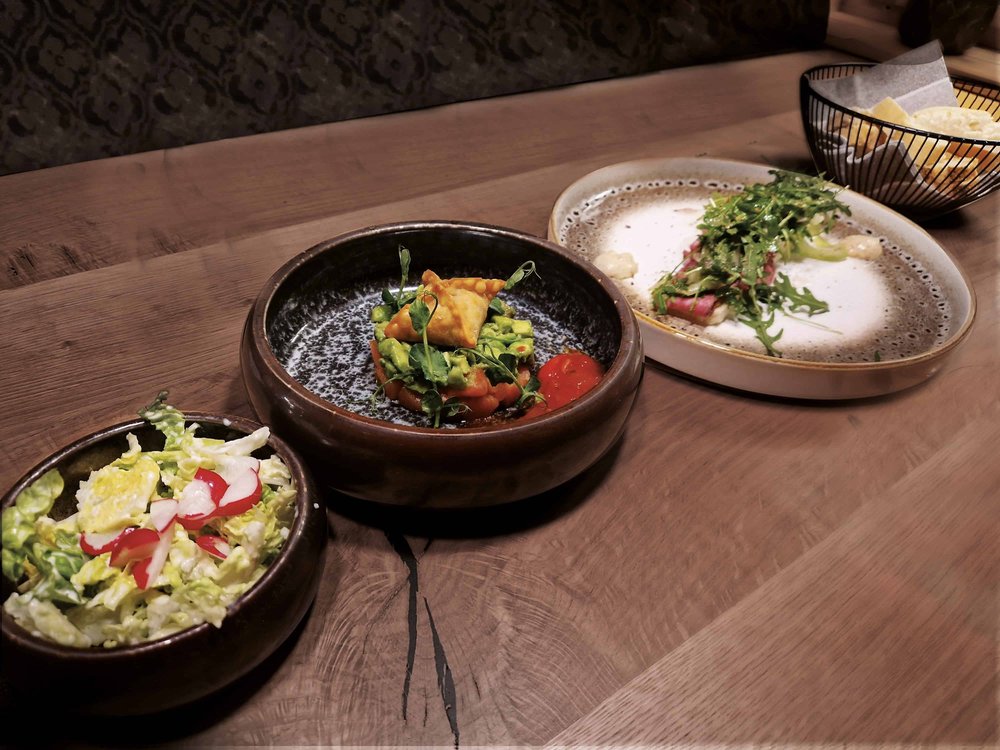
Where to eat:
Grab delicious lunch at the elegantly designed STUCK.WIRT with truly spectacular mountain views. A little bit of art after your flight.
5. The Falcon – Chamonix Mont-Blanc Zip Line
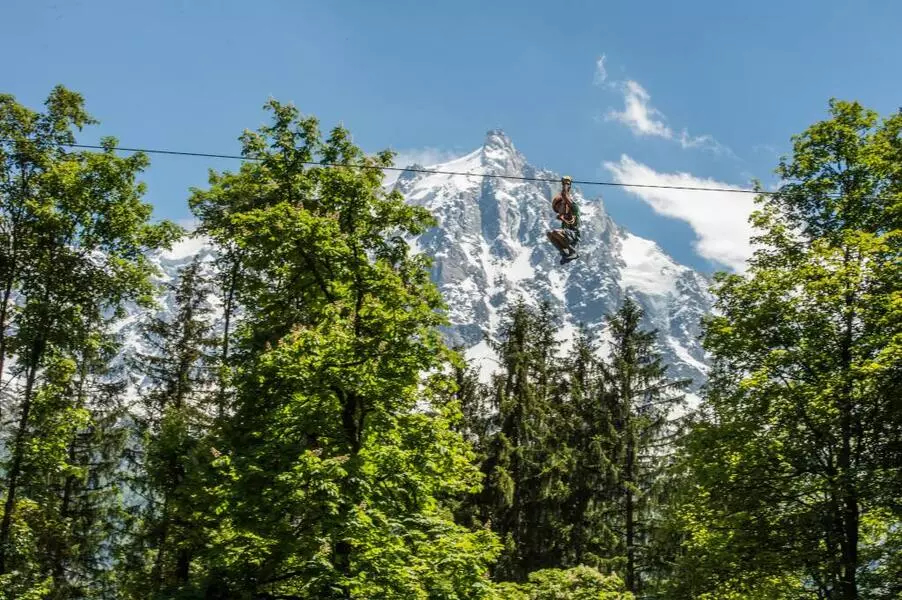
Chamonix, France
Why it’s unique:
This zip line isn’t the highest in Europe, but the views—Mont Blanc, the Mer de Glace glacier, and Chamonix Valley—make it feel like flying through a postcard.
The Zip Line:
Flying 400 meters across a deep alpine valley, you’re suspended high above pine forests and rocky cliffs, with Mont Blanc towering in the background. The zip line is part of Accro’Park des Gaillands, the largest adventure park in the Chamonix Valley, just a few minutes from the town center. The park hosts several ropes courses and is great for younger adventurers.
The Town:
Chamonix hosted the first Winter Olympics in 1924 and has been a mecca for mountaineers since the 18th century. The town itself is a French-Alpine hybrid with excellent food and cozy chalets.
What else to do:
Take the Aiguille du Midi cable car, hike to Lac Blanc, or do a via ferrata climb. Enjoy rock climbing or rafting right in town.
Tickets:
From €22 for kids, €29 for adults. Summer only. Book via Accro’Park des Gaillands.
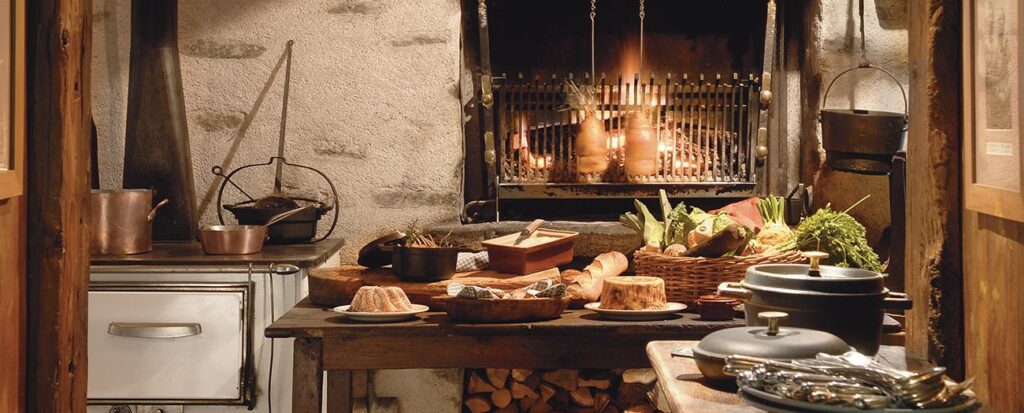
Where to eat:
Head to La Maison Carrier—a traditional Savoyard inn with tout ballotin, rack of lamb, fondue, and beautiful mountain views. Great wine list too. A different kind of thrill after your day of adventure.
6. Flåm Zipline – Norway’s Wildest Ride
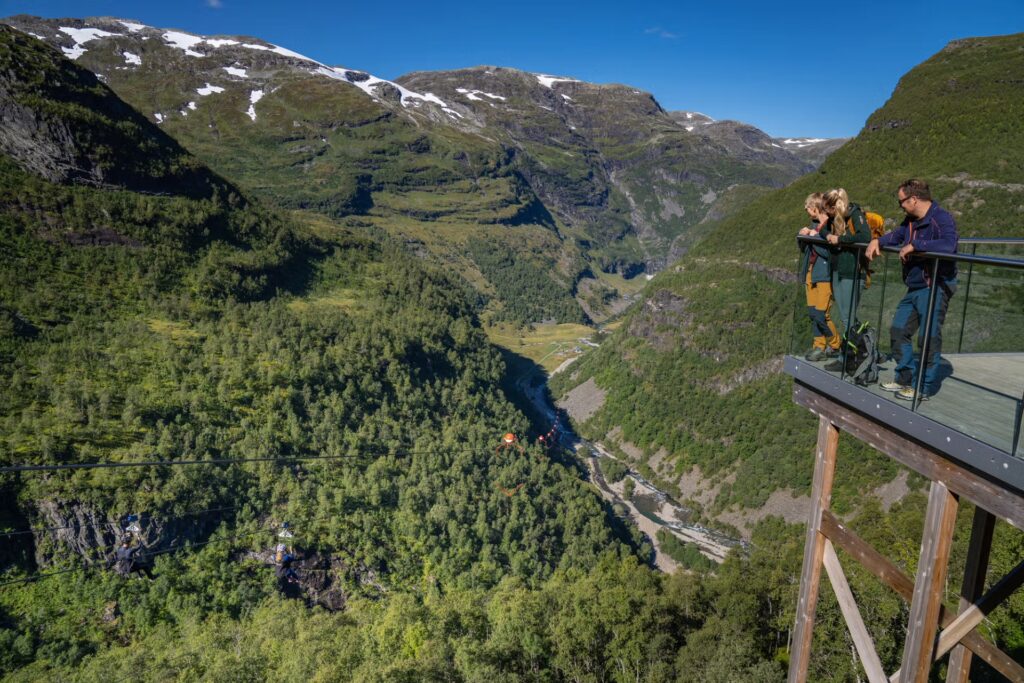
Flåm, Vestland, Norway
Why it’s unique:
It’s the longest zip line in Scandinavia—1,381 meters long and dropping 305 meters in altitude. You soar over the lush Flåmsdalen Valley with panoramic views of fjords, forests, and waterfalls.
The Zip Line:
Launching from the mountain outpost of Vatnahalsen (a train stop on the iconic Flåm Railway), you fly down toward Kårdalen at speeds of up to 100 km/h. The ride lasts about a minute, but it’s a full sensory immersion into the UNESCO-listed Western Norwegian Fjords.
Pro tip: Book the bicycle rental along with your ticket. Once you land at the end of the zip line you can bike 18 downhill kilometers into Flåm, taking in the spectacular scenery at your own pace.
The Town:
Flåm is a tiny village at the inner end of Aurlandsfjord, an offshoot of the vast Sognefjord. Once a Viking settlement, the region became a trading hub during the Hanseatic League era. Today, it’s a global destination thanks to the Flåm Railway—often ranked among the most scenic train journeys in the world.
What else to do:
Ride the Flåm Railway to Myrdal and back. Hike the Rallarvegen trail (a former construction road turned epic bike route). Cruise Aurlandsfjord or paddle its still waters by kayak. In winter, Vatnahalsen becomes a snowshoeing paradise.
Tickets:
NOK 800 (~€70) for adults, NOK 500 for children. Open May through October. Book ahead at Flåm Zipline.
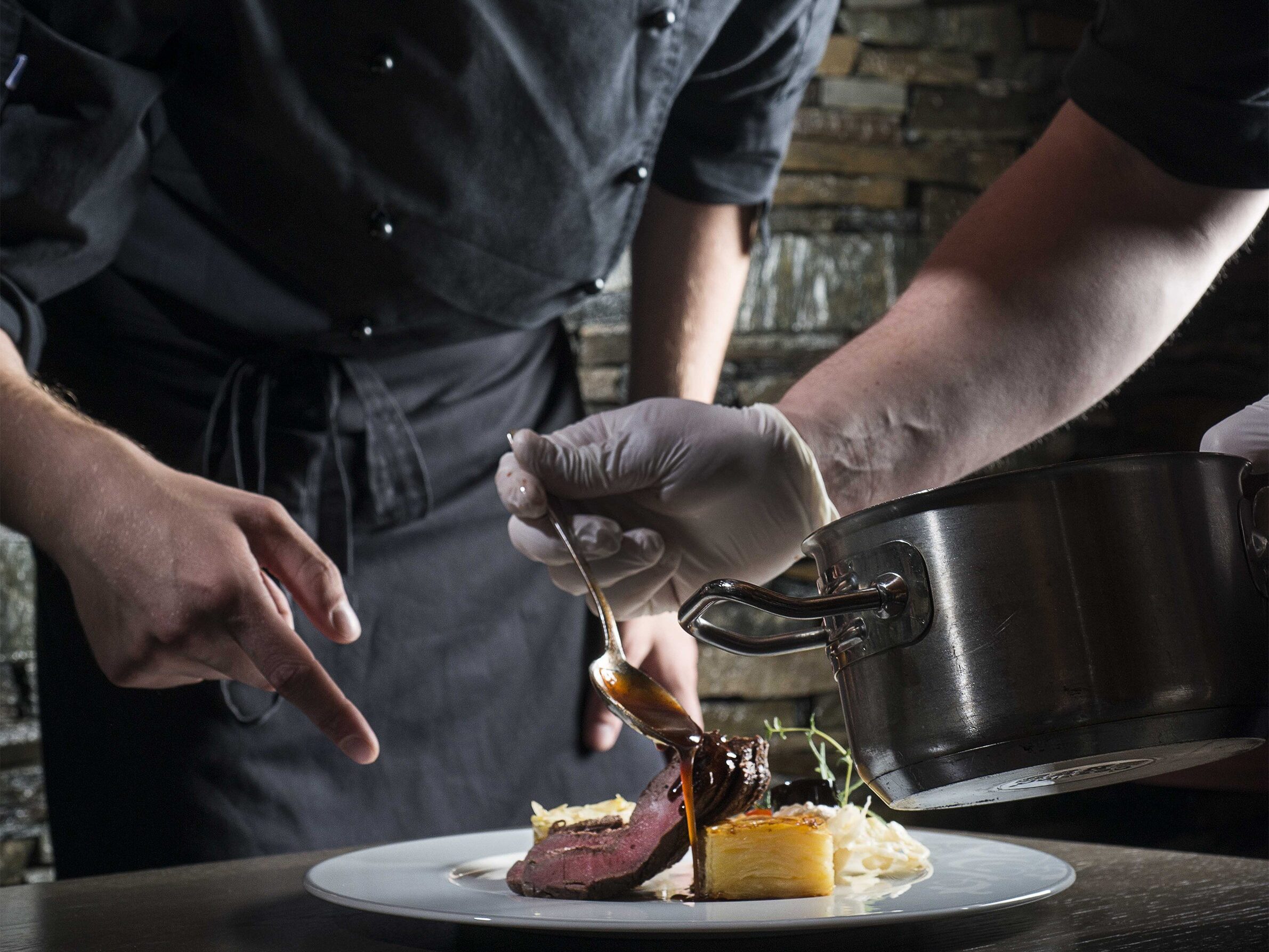
Where to eat:
After the ride, grab a fjord-view meal at Ægir BrewPub in Flåm. It’s housed in a Viking-style hall with craft beers and dishes like goat roulade roasted with ramsons, creamy mashed potatoes and beer marinated lingonberries. Super atmospheric, with a sustainability ethos to match the scenery.
7. Mega Zipline – Reykjavik to Reykjadalur
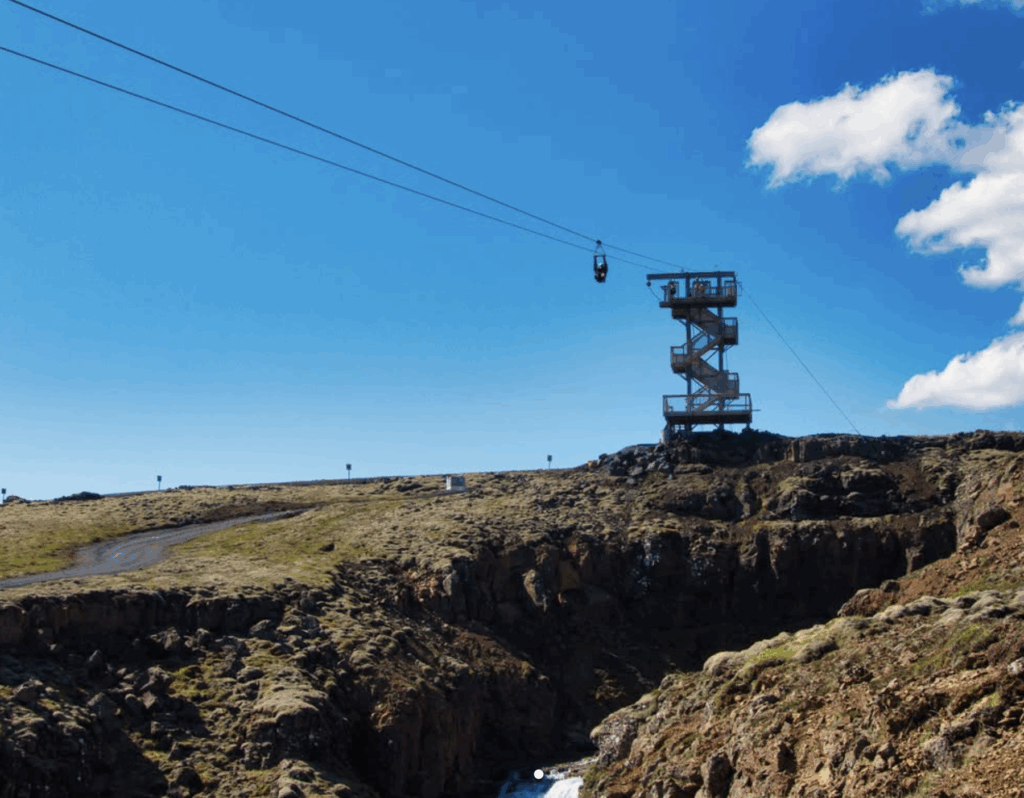
Hveragerði, Iceland
Why it’s unique:
This one takes you over geothermal steam vents, bubbling mud pots, and moss-covered lava fields with views of Reykjadalur, Iceland’s famous hot river.
The Zip Line:
It’s 1 km long and flies you at 70 km/h past one of Iceland’s most otherworldly landscapes.
History & Town:
Hveragerði is a greenhouse town powered by geothermal energy. Reykjadalur means “Steam Valley,” and was historically used by Icelanders for washing clothes—and taking healing soaks.
What else to do:
Hike up to the hot river for a wild spa experience, or go horseback riding through volcanic hills. Reykjavik is 40 minutes away by car.
Tickets:
ISK 9,900 (~€65). Open summer only. Book at Mega Zipline Iceland.
More Iceland adventure recommendations in our Iceland Play Here podcast episode.
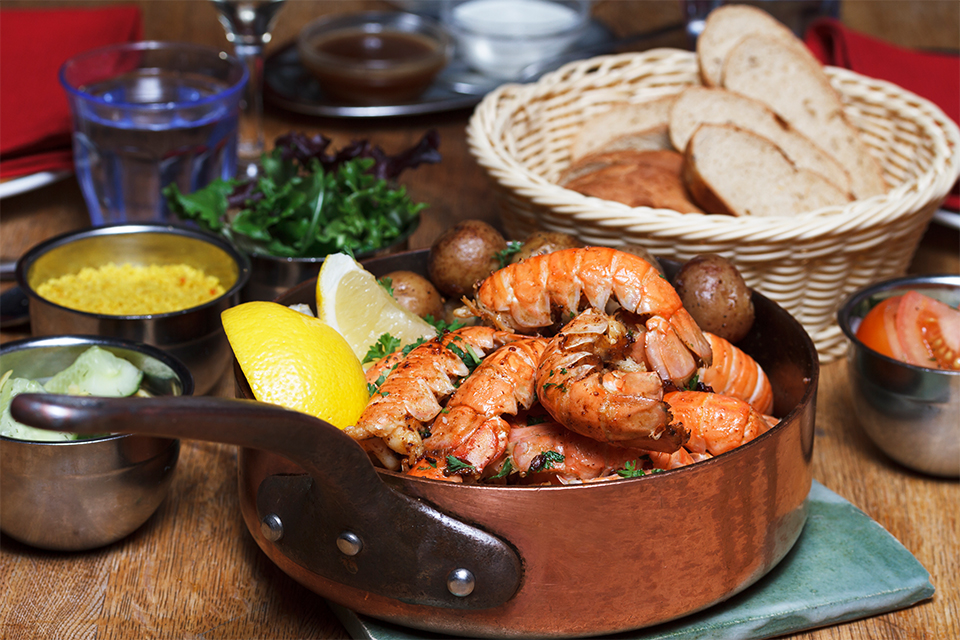
Where to eat:
Stop at Við Fjöruborðið in Stokkseyri on the coast—famous for its “langoustine in magical soup” and sea views. A hidden gem with cozy Icelandic vibes. Reservations are recommended.

Final Tips
Safety First: All of these zip lines operate under strict EU safety standards—but always check for weather closures and minimum age/weight requirements.
Pair with Local Culture and more Adventure: Zip lining is a rush, but the real magic is in what surrounds it. Each of these destinations is steeped in history and food. Also – where there’s adventure, there’s usually more adventure. Book rock climbing, rafting, kayaking, hiking, horseback riding and more near all these zip lines.
Sustainable Thrills: Many of these operators (like those in Iceland and Slovenia) use renewable energy and invest in local conservation—worth supporting.
Book Ahead: These are popular attractions. Reserve online, especially in summer and school holidays.